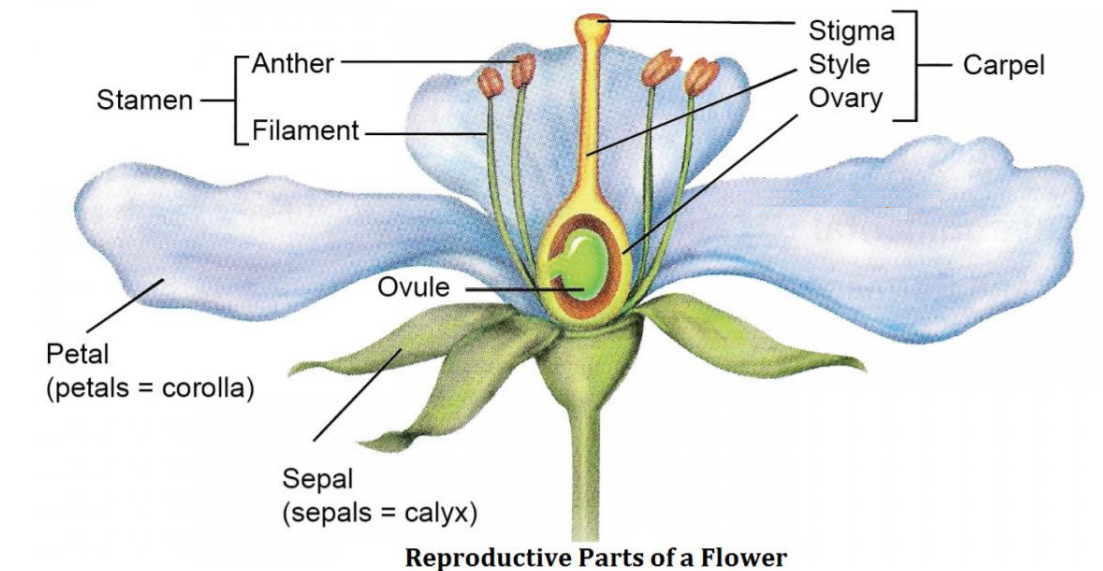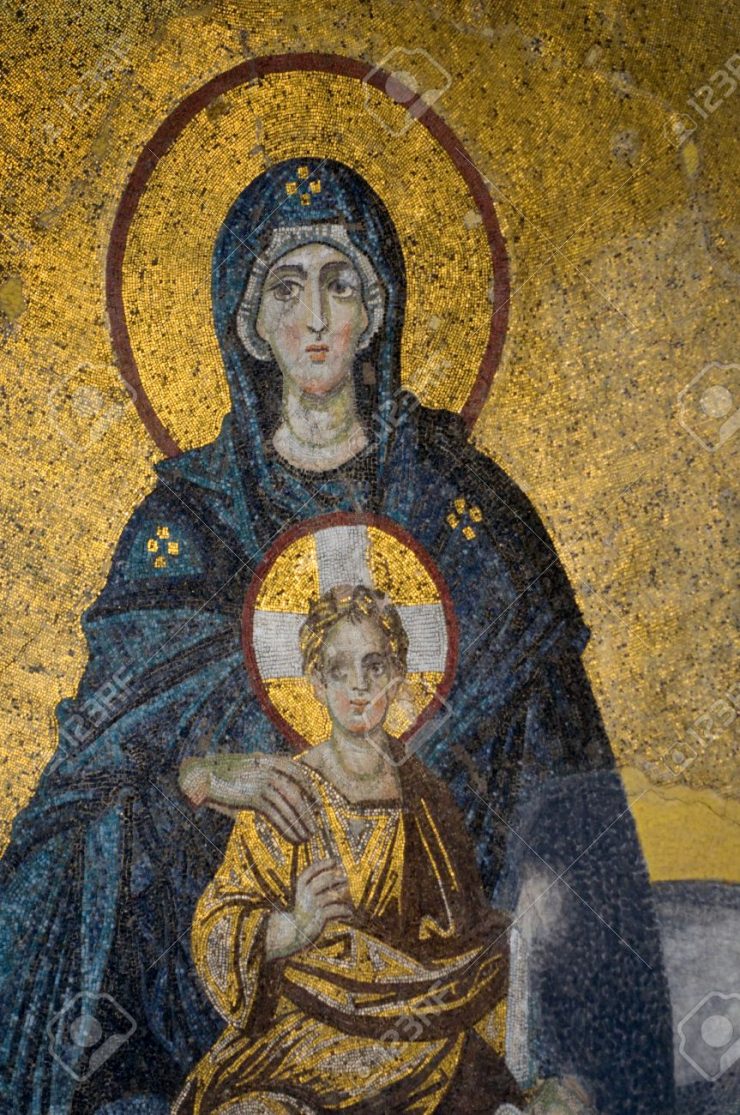Nature and Religion
Divine Scriptures, in our special case below the Qur’an, consist of the signs of God which have been sent down by Him. When It is correctly studied in the framework of Its method, the results obtained from the verses are in full compliance with nature, because nature consists of the signs created by God.
The natural order that God has established on the earth is in perfect harmony with the commands He has decreed in His books. God has set the order and then has sent divine books as guides to be followed in order to maintain and preserve this natural order. This is the direct relation between creation and religion:
“Direct your face directly to this religion, the natural order (fitra) set by God. He has created mankind in accordance with it. There is nothing to replace that which God has created. That is the upright religion, but most people do not know.” (The Romans 30:30)
In the research below, by Urologist Prof. Zeki Bayraktar, you will see an outstanding example of this harmony, which also sheds light on the fatherless birth of Jesus (pbuh) within the purview of current medical knowledge.
Mary and the Fatherless Birth of Jesus (pbuh) According to the Qur’an
Mary was the daughter of Imran (The Qur’an 66:12), a kinswoman of Aaron since Mary was named after his sister (pbuh) (The Qur’an 19:28), and the mother of Jesus (pbuh) (The Qur’an 23:50). Her mother Anna bore her as a baby girl and God, our Master, brought her up like a beautiful plant (The Qur’an 3:36-37). According to the Qur’an, the tidings of Jesus’s birth was given to Mary although she was a virgin:
قَالَتْ رَبِّ أَنَّى يَكُونُ لِي وَلَدٌ وَلَمْ يَمْسَسْنِي بَشَرٌ قَالَ كَذَلِكِ اللّهُ يَخْلُقُ مَا يَشَاء إِذَا قَضَى أَمْرًا فَإِنَّمَا يَقُولُ لَهُ كُن فَيَكُونُ
“(When the angel brought the glad tidings of a son) She said, “My Lord, how can I have a child when no man has touched me?” He said, “It will be so. God creates whatever He prefers. When He decides a matter, He only says to it, ‘Be,’ and it forms.”(Al-e-Imran/Family of Imran 3:47)
The command “Be” is God’s word. That is why Jesus (pbuh) is called the ‘word of God’. Since nothing can come to existence without God’s command, the command “be” is the word that also starts the formation of other human beings. This is one of the relevant verses:
إِنَّمَا أَمْرُهُ إِذَا أَرَادَ شَيْئًا أَنْ يَقُولَ لَهُ كُنْ فَيَكُونُ
“Whenever He desires a thing, He just commands it ‘Be’, and then it forms.”(Ya-sin 36:82)
Upon this command, Jesus started to grow in Mary’s womb like an underground stem growing in a flowerpot. Indeed, Mary’s body was featured for it:
وَأَنبَتَهَا نَبَاتًا حَسَنًا
“(Her Master) caused her to grow like a beautiful plant.”(Al-e-Imran/Family of Imran3:37)
In another verse, we clearly see that Mary had the appearance of a perfect baby girl. Furthermore, there was something, not Anna but God knew:
فَلَمَّا وَضَعَتْهَا قَالَتْ رَبِّ إِنِّي وَضَعْتُهَا أُنثَى وَاللّهُ أَعْلَمُ بِمَا وَضَعَتْ
“When she (Anna) gave birth to her (Mary), while God knew better what she gave birth to, she said: “O my Master! I gave birth to a girl.” (The Qur’an 3:36)
Her internal reproductive system, however, had an extraordinary structure. We learn about this structure of Mary from the following two verses:
وَالَّتِي أَحْصَنَتْ فَرْجَهَا فَنَفَخْنَا فِيهَا مِنْ رُوحِنَا
“And also recall the one (Mary) who guarded her private parts (genitalia); and into which We breathed of Our spirit…” (Al-Anbiya/The Prophets 21:91)
وَمَرْيَمَ ابْنَتَ عِمْرَانَ الَّتِي أَحْصَنَتْ فَرْجَهَا فَنَفَخْنَا فِيهِ مِنْ رُوحِنَا
“And Mary, the daughter of Imran, who guarded her private parts (genitalia), and into which We breathed of Our Spirit…” (At-Tahreem/The Prohibition 66:12)
In Arabic grammar, nouns have genders, and they are either masculine or feminine regardless of the context. Genders of pronouns differ depending on the genders of their referent nouns.
In verse 21:91 above, while referring to Mary’s genitalia (reproductive system), the Arabic feminine pronoun “ha=ها” is used in the expression “breathed into which (her) = nafahna fiha = فنفخنا فيها” .
On the other hand, the masculine pronoun “into which (him) = fihi =فِيهِ ” is used to refer to Mary’s genitalia (reproductive system) in verse 66:12.
This extraordinary detail in the Qur’an reveals that Mary’s internal genitalia had both male and female tissues. Mary had thus the capability to produce both male and female reproductive cells. Most of the flowering plants have this capability. Mary being likened to a “beautiful plant” in verse 3:37, rather than an ordinary plant, also implies that her body had some attributes similar to flowering plants. You can see the male and female organs on the same plant in the figure below:

The equivalent of this situation in medical terminology is female hermaphroditism. Female hermaphrodites have both testicular and ovarian tissues, and they have the potential to self-fertilize (potential autofertility). Then, Mother Mary must be a female hermaphrodite with the potential of auto-fertilization.
As a matter of fact, based on the verses of al-Anbiya 21:91, at-Tahrim 66:12 and Al-e Imran 3:37, there were some Qur’anic commentators pointing at this situation of Mary. Current medical knowledge, as shall be explained in the abstract below, confirms these issues which the commentators expressed about Mother Mary.
In this case, according to the verses of the Qur’an and the verses created by God (that is nature and medical knowledge extracted from it), Mary was a completely normal female in her external appearance, with no ambiguous signs, but she had both sperm and oocyte in her internal reproductive system. Since she bore a male baby, she must have had the chromosomal structure of 46XX / 46XY (chimera ) a female hermaphrodite, as explained in the medical article below.
(God knows best)
———————————————–
The following abstract and the excerpts of text are citations from the article by Prof. Zeki Bayraktar (Department of Urology, School of Medicine, Istanbul Medipol University, Istanbul, Turkey) published on https://www.tandfonline.com/doi/full/10.1080/14767058.2017.1291619
Potential Autofertility in True Hermaphrodites
ABSTRACT
This article examines the studies on the pregnancies of true hermaphrodites and self-fertilization in hermaphrodite mammals that have been published in the last 40 years. The number of hermaphrodite pregnants reported in the literature since 1975 was 14, the number of pregnancies was 26 and the number of healthy born babies was 20. All of the babies that were born were male. The pregnancy developed following the gonadectomy in seven cases (nine pregnancies). In some cases, either gonadectomy was not performed at all or it was performed after pregnancy (eight cases, 17 pregnancies). The karyotype was 46,XX in four of these eight cases that became pregnant despite in situ ovotestis while it was 46,XX/46,XY in the other four cases (chimera). In the literature, pregnancy cases that developed through self-fertilization were not reported in humans. However, autofertilization was detected in mammalian hermaphrodites such as domestic rabbit. Furthermore, the ovarian tissues of true hermaphrodites were mainly functional and ovulatory. The testicular tissues were mainly immature. However, spermatogenesis was determined in some cases. In fact, both ovulation and spermatogenesis were detected in some cases. All of these findings show that true hermaphrodites with ovarian and testicular tissues are potentially autofertile.
The fatherless birth of Jesus CAN be explained by a biological mechanism: potential autofertility in true hermaphrodites [1]. It is possible that Mother Mary became pregnant as a result of autofertilization as a hermaphrodite with ovotestis carrying Y chromosome and gave birth to a healthy baby boy (Jesus) as a result of this pregnancy [2], [3].
True hermaphrodites with ovarian and testicular tissues are potentially autofertile because ovulation and spermatogenesis were detected in some true hermaphrodites [2]. Autofertilization can develop in these cases, and if they have the birth capacity they can give birth. That is, some true hermaphrodites may have a baby without a father due to potential autofertility [2–4].
As a matter of fact, although there is no autofertilization pregnancy reported in humans, there are some hermaphrodite pregnancies and healthy births in literature [2–6]. Additionally, autofertilization has been reported in mammalian hermaphrodites [9]. So a true hermaphrodite can give birth to a fatherless baby by autofertilization. If the karyotype is 46XX/XY, a male baby can be born without a father. The fact that some hermaphrodites have given birth, that all embryos and fetuses in hermaphrodite pregnancies are male, and that autofertilizations are detected in mammals supports our hypothesis that “true hermaphrodites are potentially autofertile and some hermaphrodite may have a baby without a father through autofertilization”. Therefore, the birth of Christ can also be interpreted by this autofertilization mechanism.
[1] Bayraktar Z. Potential autofertility in true hermaphrodites. J Matern Fetal Neonatal Med. 2017 [Feb 28]; [6 p.]. DOI:10.1080/14767058.2017.1291619
[2] Irmak MK. Self-fertilization in human: having a male embryo without a father. Med Hypotheses. 2010;75:448–451.
[3] Irmak MK. Embryological basis of the virgin birth of Jesus. J Exp Integr Med. 2014;4:143–146.
[4] Benagiano G, Dallapiccola G. Can modern biology interpret the mystery of the birth of Christ? J Matern Fetal Neonatal Med 2015;28:240–4.
[5] Narita O, Manba S, Nakanishi T, Ishizuka N. Pregnancy and childbirth in a true hermaphrodite. Obstet Gynecol 1975;45:593–5.
[6] Mayou BJ, Armon P, Lindenbaum RH. Pregnancy and childbirth in a true hermaphrodite following reconstructive surgery. Br J Obstet Gynaecol 1978;85:314–6. [9] Kim MH, Gumpel JA, Graff P. Pregnancy in a true hermaphrodite. Obstet Gynecol 1979;53:40S–2S.








Add comment